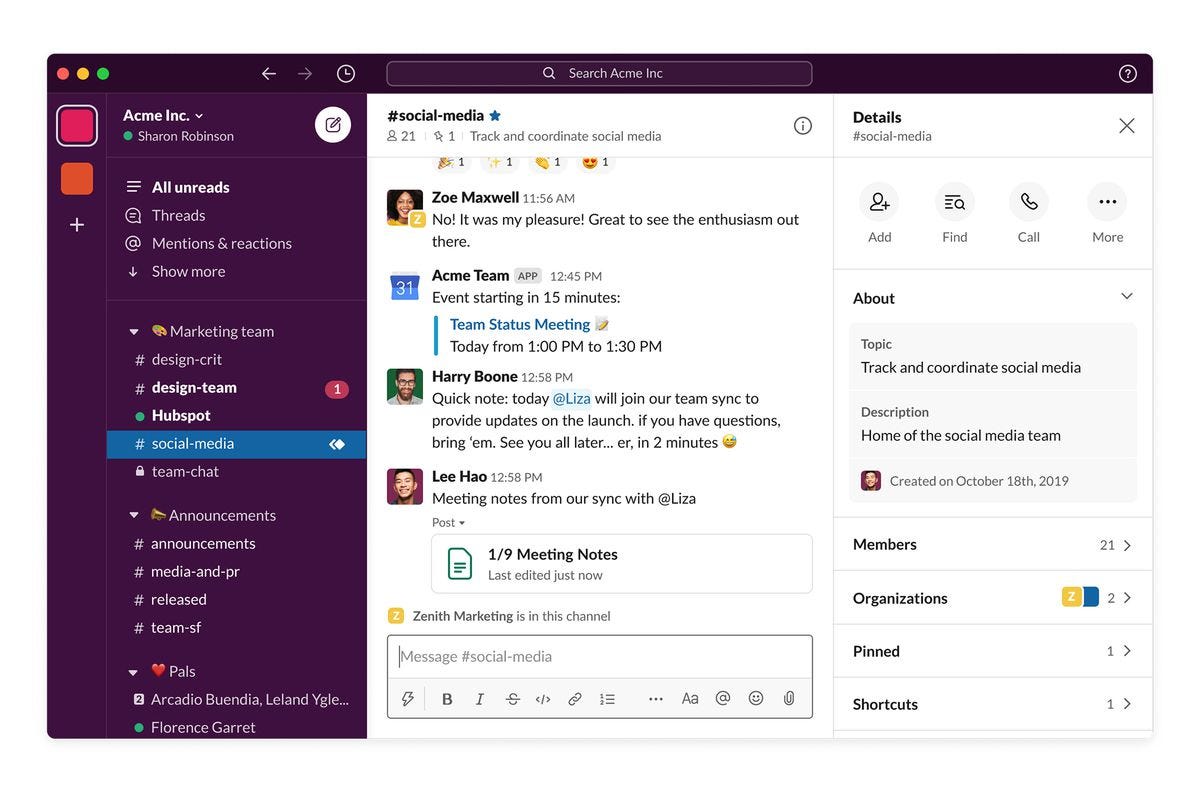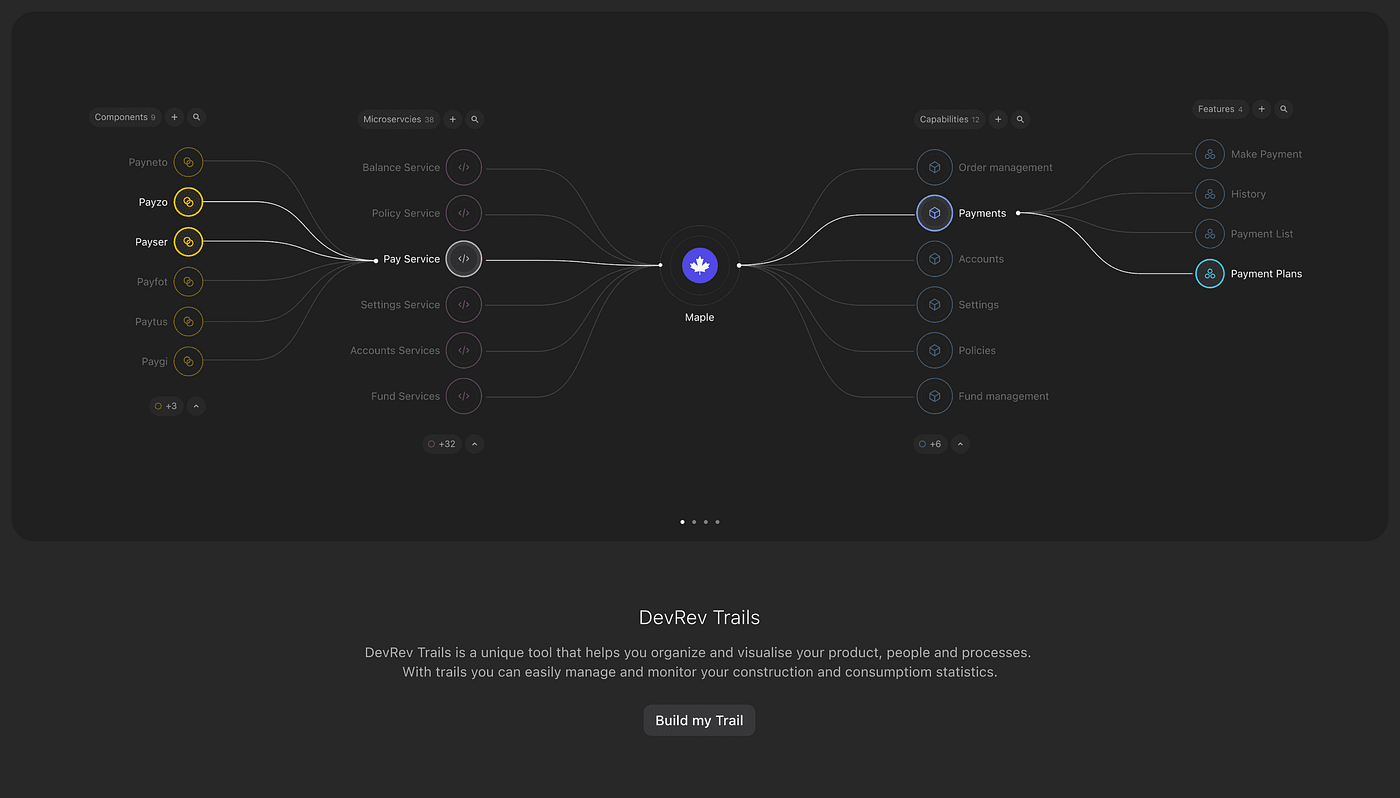

Uniting Cross-Functional Teams And Workspaces Now Simplified
source link: https://uxplanet.org/uniting-cross-functional-teams-and-workspaces-now-simplified-afa5d4f0f7fa
Go to the source link to view the article. You can view the picture content, updated content and better typesetting reading experience. If the link is broken, please click the button below to view the snapshot at that time.
Uniting Cross-Functional Teams And Workspaces Now Simplified
Why use five different software when you can use one?
Let’s take a look at a team sport like basketball. You have five players strategically positioned at various spots on the court with each having a unique intent — dribble, tackle, pass, shoot, and rebound.
Say they are the best at what they do individually, and they have an impregnatable team plan. Yet, without correct execution of the game plan, the team cannot win.
This shows the importance of two major components for the success of any team — a game plan and its intended execution.
The same concept applies to your business, a product, or a service. The process of seeing through the product development until customer success makes cross-functional collaboration necessary for your business.
If you find that your organization works in silos, that’s the downfall of your business.
The goals of the marketing team, business team, design team, development team, finance team, and legal team must all be in sync and regularly interact to ensure that the visions and actions of all are aligned.
What does a marketing lead have to do with a developer? Suppose the developers have a certain logic regarding the functionality. The team designs the product features accordingly.
This might or might not be favorable to the vision that the marketing team has in mind. In that case, the marketing and business team’s efforts, resources, and finances can get depleted in reworking the entire concept altogether.
Over some time, your product will run in various directions, absolutely confusing the user and not making any headways in growth and adoption whatsoever.
Introducing the concept of cross-functional teams can keep you on par with your competitors by being extremely organized and efficient when it comes to communication between the different wings of your organization.
What’s cross-functional?
In simple words, the different teams needed to run an organization all work towards the same goal, hand in glove. One team’s action immediately impacts the other. So the key here is constant to and fro communication.
Team members bring in their expertise, be it an intern or a director, and help each other solve all aspects of a problem at scale.
The designer can directly take up ideas to the CEO, even if the teams have a hierarchy approval process internally. Everyone’s opinions are considered, enabling a wider angle and various perspectives on all problems.
Why your organization needs one
Remote working has made it comfortable with making our own decisions at our own pace. While that is highly beneficial for mental health, it compromises execution alignment if overdone.
The end goal is customer satisfaction, and if there are breaks in the communication, your company misses out on building a long-lasting relationship with your users.
If you want to make optimum use of your resources, time, money, and efforts, here are some added benefits you can consider providing your organization by adopting a cross-functional approach to collaboration:
1. Increases Efficiency and Continued Innovation
After decades we have established the importance of designers and developers having strong and constant communication to improve the solutions.
But why do we leave out other arms of the organization when a SaaS company’s success depends on the business and the product equally?
Imagine if every product decision included insights from marketing, business, finance, legal, and design? The chances of it working within your customer group drastically increases.
As an aftereffect, the features are inclusive of perspectives. Hence the quality of the product becomes unbeatable in the market.
2. Improves Inter and Intra Team Coordination
- If you are a designer, you know how easy life gets when you talk to your fellow designers, chart out the flow of a feature, then start building on it to avoid the unnecessary excess work. Now imagine that across the entire office.
- Cross-functional teams require a high level of organization for them to work. So automatically enforces high levels of discipline and workflows, which results in seamless coordination.
3. Helps Early Detection of Bugs
- When you are in constant communication and up to date with all changes made to the product or business, you start anticipating potential hurdles earlier in the process since every department’s inputs are considered before moving ahead to the next feature.
- Unlike one department working alone on its way up, you work as a whole unit. Some businesses realize a bug after an entire framework is set in place, and the debugging process takes as long as it took to build the product from scratch. You can avoid this through cross-collaboration.
4. Ensures Customer Satisfaction and Retention
- Customers love a product that is consistent in its views and delivery. It becomes impossible to stay on track when you set your own goals within smaller teams along the process.
- Ensuring every unit is on the same track at every tiny step helps give a clearer picture to your customers and impart the most value.
Enabling a cross-functional environment
Setting up a cross-functional team required the highest level of organization with fool-proof planning. The main components of a cross-communicating team are a strong leader, setting common goals, timely action, and clear communication.
There are two main components to a successfully run team:
- Uniting an organization’s wings into individual workspaces based on the function to be performed.
- Connecting all these workspaces on a single platform to align and monitor goals, features, and timelines.
Uniting different teams and functionalities
Slack is a channel-based messaging platform that allows you to create dedicated group spaces for various purposes. Use a correct naming convention to organize teams like #general, #development, #design, #marketing, and so on. It not only allows you to drop group messages and direct messages. It allows for the integration of external apps to track work progress.

For instance, you can link Zeplin to your slack channel. Every time the designer exports a screen to Zeplin, it automatically updates you on slack with a link to the screen source. It also notifies when new users enter the project and adds every new feature, like colors, typography, etc.
Another tool for collaboration, road mapping, and brainstorming is Miro or FIGJAM. You get to run product sprints, get real-time feedback, move around things on the artboard quickly, have a slight learning curve, and get inputs across different teams. On finalizing a direction, you jump onto your workspaces.
Uniting the workspaces
You have set motion to work on your independent workspaces, be it GitHub, Slack, Jira, Figma, Airtable, Trello, etc. Now is when the essential part of a cross-functional team comes in. You simply cannot be a part of all these projects. Even if you were, you wouldn’t understand the jargon used in the individual teams.

You need a tool to gather all information, assess roadmaps, map the issues to tickets, the tickets to the correct feature and capability of your product, track every ticket raised by the customers, and link the right developer in charge of the individual tickets for immediate solutions.
All this is possible through DevRev. DevRev is a powerful developer CRM platform that connects the makers to the customers through the product. The categories who will find this tool most beneficial are the entrepreneurs operating in B2B and B2C. If you are an early-age startup, you should consider setting up your team and management here to avoid shifting a bunch of data from various sources.
Final Thoughts
- Set clear common goals for all teams and the organization as a whole.
- Encourage perspective building from people of varied skill sets and healthy resolution of conflicts.
- Define roles and designation hierarchy, but discourage the formation of external team hierarchies.
- Have standardized communication across teams and regular post-product sprint discussions.
- Do not forget handoffs and documentation. It involves clear communication + right tools + uniform jargons. Business is ready for take-off!
Recommend
About Joyk
Aggregate valuable and interesting links.
Joyk means Joy of geeK